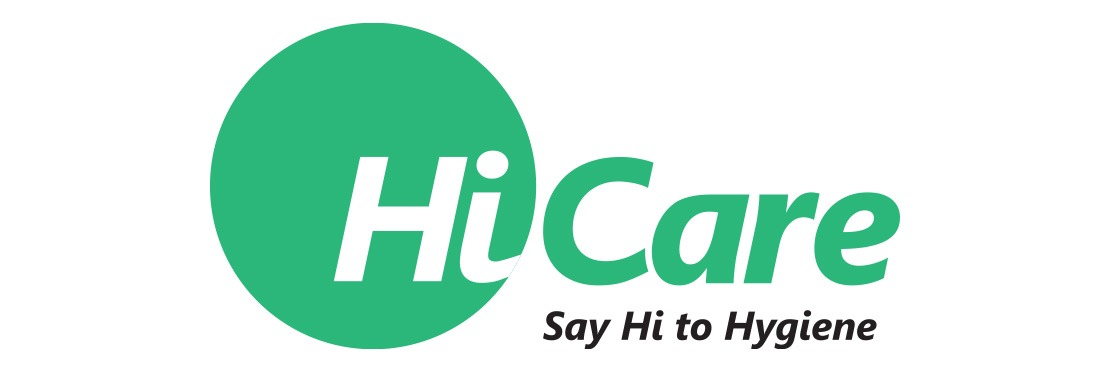Checkout the key guidelines in which office spaces can be made safer for your employees in this COVID-19. Know how to disinfect your office at Hicare.
Lockdown regulations are getting relaxed gradually, and it is a matter of time before businesses return to regular operations. However, in this new normal environment, there will be higher pressure on companies to adhere to the Government’s COVID-19 guidelines regarding workplace safety and ensuring a hygienic and secure working environment for employees. While many organisations will consider continuing with remote working environments for their employees, there would be many companies that would require a certain number of employees and teams to operate from office due to the sensitive nature of their work or the indispensability of their on-premise activities. What should companies do to prepare themselves for this situation? How can offices be prepared to welcome their employees without compromising on their safety? Here are certain key guidelines in which office spaces can be made safer for your employees in this COVID-19 scenario:
-
Office sanitization/fumigation
First and foremost, companies need to ensure professional-grade sanitization and fumigation of office premises are carried out at regular intervals. The usage of industry-grade disinfectants should be made mandatory to maintain the highest standards of hygiene and cleanliness for employees. Employing the services of a professional agency for office sanitization is recommended. At every desk, the sanitizer liquid should be provided.
-
Pest control
Offices have been closed for months now. There is a high possibility of infestation of rodents and pests within the office premises. Couple it with the onset of monsoons and rise of mosquito-borne diseases such as dengue, malaria etc., pest control becomes a mandatory step.
-
Sanitization of the maintenance staff
The support staff involved in cleaning the office will be at the forefront in fighting the occurrence and, subsequently, the spread of infection within the premises. Proper sanitization and protocols need to be put into place for the cleaning staff so that they are enabled to perform the required duties to the best of their abilities without harming their own safety. Keep a medical check on them, as they would be the ones responsible for cleaning every single office item.
-
Revamping office seat arrangement
Cubicles and closed meeting room arrangements may have already become a thing of the past. Office spaces and furniture will have to be reimagined and redesigned to meet the social/physical distancing guidelines. Desks, chairs and other office furniture should be such that it is easy to clean for the maintenance staff and also non-obstructive to other employees. They would have to maintain the distance according to the guidelines provided by the Government.
-
Reducing touchpoints using technology
Right from the time an employee enters the office premises, there are multiple instances or activities which require a physical touch €“ bio metric authentication at the security gate, tea/coffee vending machines in the pantry area, printers, taps in washrooms- among others. Greater usage of touch-free technologies such as retina scanners, sensors, automatic dispensers, etc. can significantly reduce frequent touchpoints and prevent the spread of infection.
-
Protective equipment and sanitizers for employees
Workplaces will also need to stock essential protective equipment such as face masks, gloves, as well as hand sanitizers for employee usage. Masks and gloves can be distributed to everyone in the office on a proactive basis, while sanitizers can be placed in areas where there could be a possibility of touching a surface or an object.
-
Regulating the usage of common areas
An office has many common areas €“ cafeteria, pantry, washrooms, recreation zones, etc., which increases the possibility (and thus the risk) for employees to socialize and contract infections. Common areas’ usage will have to be monitored strictly by putting in access restrictions in compliance with social distancing norms. It will be equally important to restrain the gathering of employees for events such as lunches, meetings, or town halls.
-
Air conditioning
It’s a no-brainer that a virus or any other infection spreads fast in a closed environment with a common air-conditioning facility. Proper precautions to clean the air vents/ducts and regular servicing of the air conditioning system will become the new norm. Also, air conditioners will have to operate at a much higher temperature to ensure minimum propagation and spread of the virus within the office premises.
-
Communication and signage
It is one thing to put in all the safety measures for bringing your employees back to the office. Equally important is to communicate the same to the employees so that they are made aware of all the measures that have been put in place for a safe and hygienic work environment. Communication should be done using both physical and virtual media, i.e., through signage boards at relevant areas inside the office or mails and various collaboration tools.
-
Incident management process
You have followed all the best practices to make the office a safer place for your employees. However, this does not eliminate the possibility of someone contracting the infection and spreading it to others. Proper Standard Operating Procedures (SOPs) should also be formulated to be prepared for this eventuality. The SOP would contain guidelines on the isolation process to be followed, local healthcare facilities to be contacted, and operating conditions for the office area- among others.
Final words
These measures should not be viewed as a quick fix solution but as a long-term standard for navigating through the pandemic situation. Investing in office safety and hygiene will not only protect your employees to a larger extent but will also minimize the possibility of any unwarranted financial impact due to the sealing or closure of the office post detection of infections.




